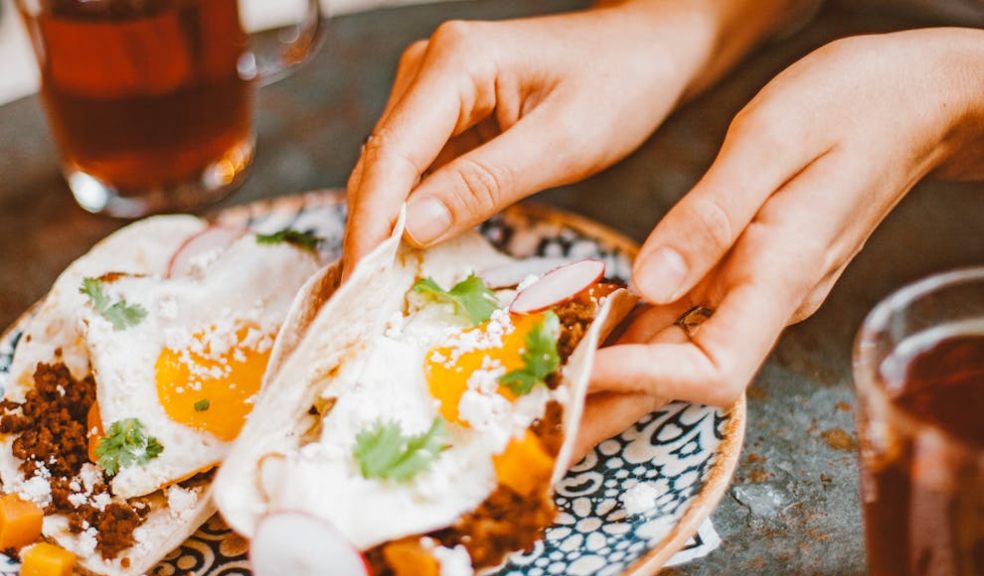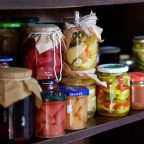
A Taste of Tradition: Embracing Global Flavours in Your Kitchen
In today’s culinary landscape, the world’s flavours are more accessible than ever. From spices to cooking techniques, the influence of global cuisine is seeping into kitchens worldwide, allowing people to experience the rich diversity of food cultures. By embracing traditional recipes from around the globe, you can bring the world to your table and enhance your cooking skills along the way. Here’s how to celebrate global flavours in your kitchen.
1. Exploring the Roots of Traditional Cuisine
Each region around the world boasts its own unique flavours, ingredients, and cooking techniques. The art of traditional cooking often reflects the history, geography, and cultural influences of a place. For example, the delicate balance of Indian spices in Indian cuisine showcases centuries of trade and cultural exchange, while the use of fresh herbs in Mediterranean dishes speaks to the region’s agricultural abundance. By exploring the roots of these cuisines, you gain a deeper understanding of the history and meaning behind each dish.
2. Expanding Your Spice Rack
One of the easiest ways to embrace global flavours in your kitchen is by expanding your spice rack. Different cultures rely on a range of spices to create their signature dishes. Middle Eastern cuisine often features cumin and coriander, while Southeast Asian dishes are known for their use of lemongrass, ginger, and chilli. Stocking up on a variety of spices allows you to experiment with traditional dishes from various regions. You’ll find that just a pinch of the right spice can transform even the simplest meal into something extraordinary.
3. Learning Traditional Cooking Techniques
Global flavours aren’t just about the ingredients; they’re also about the methods used to prepare the food. Learning traditional cooking techniques can help you to replicate the authenticity of global dishes. For instance, mastering the art of stir-frying can help you create delicious Chinese and Thai meals, while understanding the process of slow-cooking or braising can elevate your ability to make comforting stews from Eastern European and Middle Eastern cuisines. You can experiment with techniques such as grilling, smoking, steaming, or fermenting to bring these traditional methods into your own kitchen.
4. Sourcing Authentic Ingredients
While spices are key, the authenticity of a dish often relies on sourcing traditional ingredients that are central to global cuisines. Whether it’s Japanese miso, Italian Parmigiano-Reggiano, or Mexican masa harina, using the right ingredients can make all the difference in capturing the true essence of a dish. Many ethnic grocery stores or online suppliers make it easier to find these authentic products. By seeking out high-quality, traditional ingredients, you can ensure that your meals reflect the original flavours as intended.
5. Bringing the World to Your Table
One of the joys of embracing global flavours is the opportunity to share them with family and friends. Hosting themed dinner nights where you focus on a specific cuisine allows everyone to taste something new while learning about a different culture. Whether it’s a Mediterranean-inspired feast, a Mexican taco night, or a Japanese sushi party, these meals can spark conversation and create lasting memories.
Conclusion
Embracing global flavours in your kitchen is a delightful way to explore the world through food. By understanding the origins of traditional dishes, expanding your spice collection, learning authentic cooking techniques, sourcing genuine ingredients, and sharing these experiences with others, you can broaden your culinary horizons. The next time you’re planning a meal, why not travel the world without leaving your kitchen?













